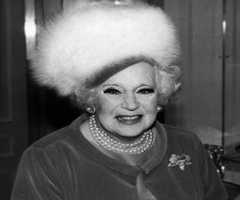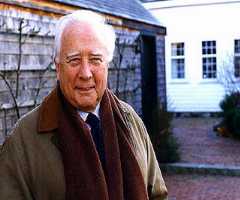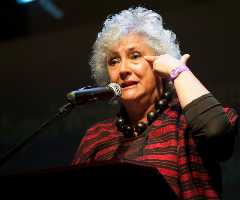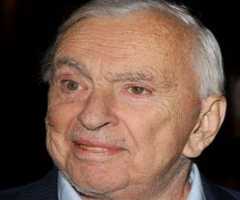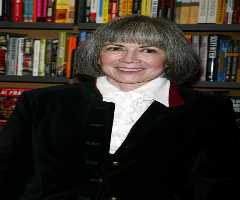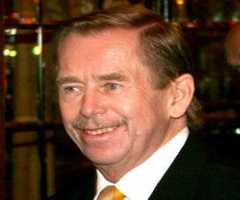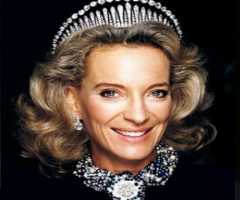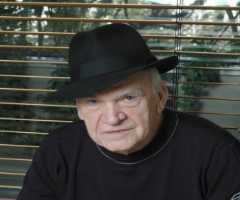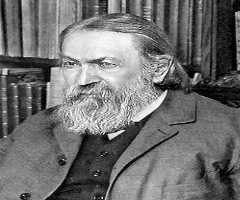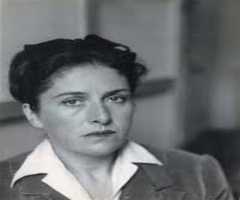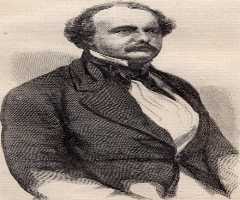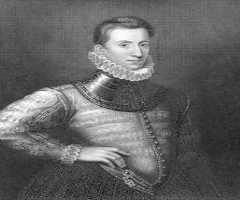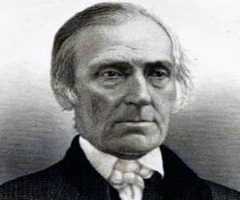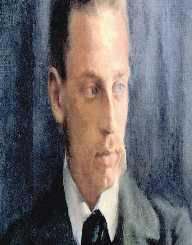
Also Known For : Poet, Novelist
Birth Place : Prague, Czech Republic
Died On : December 29, 1926
Zodiac Sign : Sagittarius
Rainer Maria Rilke Biography, Life, Interesting Facts
From Loneliness to Evening Love Song, Rainer Maria Rilke covered a variety of movements called neo-romanticism. He ultimately understood a wide array of fields including painting, music, and literature. But he rose to fame when he wrote a series of 55 sonnets called Sonnets to Orpheus. He then followed it up with introspective and lyrical works. In 1905 he released Christian-themed poem that comprised of more than two volumes. Aside from English, Rilke wrote more than 500 poems in French. Scroll further to understand more about his early and later writings.
Rainer’s Personality
Rainer Maria Rilke was defined as an optimistic and fun loving individual who wanted nothing else than the best. His determination to pursue literature and poetry made him decline his father’s wish. However, he thanked his mother for showing him the right path to success. As a result, he possessed an undefined ability to read and write that enabled him to work with ease. Above all, Rainer loved to travel; a kind of trait that allowed him to despise dull life. He was also known for his great sense of justice and ethics. He was defined as the most caring and attentive person of the 19th-century, not unless someone crosses his path. Read along.
Childhood And Early Life
On 4th, December 1875 a duo, Josef Rilke and Sophie Entz were blessed with a son in Czech Republic, Prague, Austria-Hungary. He was none other than Rene Karl Johann Josef Maria Rilke. Since inception, Sophie taught his son how to read and write poetry. Although his protective father wanted him to join the military base, Rainer opted to follow his heart’s desires. It was in 1884 that his parents parted ways when Rainer was only nine years old. It was here that he was sent to a Catholic school in Prague. As it was quite hard for him to join a secondary school, he was taken to St. Polten military school. After five years, his father took him to a high ranked military school in Moravian- Weisskirchen. Early in 1890, Rainer gave up on his military education due to intense physical strain.
In the mid of 1891, Sophie and Josef took Rainer at Linz trade school. It was during this time that he wrote and published his first work. He self-taught himself and in the end he got a chance to join a prestigious University in Prague. He majored in literature and history of art.
Later Life
In 1897 Rainer Maria Rilke befriended a poet called Lou Andreas-Salome who was known as a guru in the literary world. Rilke came across his well-written biography that was known as Friedrich Nietzsche. It was after a close friendship that Salome moved to Russia with Rainer. They took the time to know several people in different fields, especially poets and painters.
In 1905 Rainer Maria Rilke landed a job where he served as a private secretary in Paris. But his work ended abruptly where he took the time to travel to various places including Africa, Spain, and Egypt. For a year he went to live in Italy. He later served as a guard after the WWI, which he soon resigned due to health problems.
After the WWI, Rainer Maria Rilke traveled to Switzerland where he spent some time in Muzot castle. It was there that he wrote a poem titled The Notebooks of Malte Laurids Brigge. He also managed to complete the early project that he named as Duino Elegies.
Personal Life And Legacy
Rainer Maria Rilke had an eye for women, but they also played a significant role in regards to his career. He first had a romantic relation with Lou Andreas-Salome then Ellen Key who was also a writer. He then dated an Italian actress called Eleonora Duse and Hertha Koenig. After some time he tied a nuptial know with Clara Westhoff, a famous sculptress. The union was blessed with a daughter called Ruth. He lived happily with his family till when he was diagnosed with leukemia. He also suffered from stomach infections. He struggled till his end on 29th, December 1926 in Switzerland. He was interred in Raron cemetery, Switzerland.
